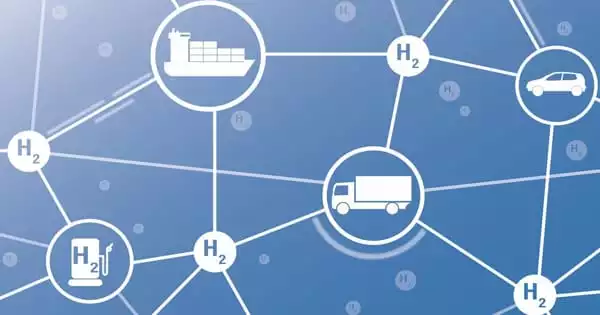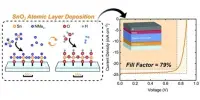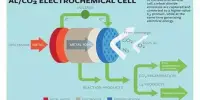Micromotors that move around on their own have been designed by ICIQ researchers in Spain to purify wastewater. The process generates ammonia, which can be used as a green energy source. Now, an AI method developed at the University of Gothenburg will be used to tune the motors to achieve the best possible results.
Micromotors have emerged as a promising tool for environmental remediation, owing to their ability to autonomously navigate and perform specific tasks on a microscale. The micromotor is made up of a tube made of silicon and manganese dioxide in which chemical reactions cause bubbles to be released from one end. These bubbles serve as a motor, propelling the tube forward.
Researchers from the Institute of Chemical Research of Catalonia (ICIQ) have built a micromotor covered with the chemical compound laccase, which accelerates the conversion of urea found in polluted water into ammonia when it comes into contact with the motor.
We can’t develop the micromotor if we can’t monitor it. Our AI works well in a laboratory environment, which is where the development work is currently underway.
Harshith Bachimanchi
Green energy source
“This is an intriguing discovery. Today, water treatment plants struggle to break down all of the urea, resulting in eutrophication when the water is released. “This is a serious problem, especially in urban areas,” says Rebeca Ferrer, a PhD student in Doctor Katherine Villa’s group at ICIQ.
Converting urea to ammonia has additional advantages. If you can extract ammonia from water, you will also have a source of green energy because ammonia can be converted into hydrogen. There is still a lot of work to be done in terms of development, with the bubbles produced by the micromotors posing a challenge for researchers.
“We need to optimise the design so that the tubes can purify the water as efficiently as possible. To do this, we need to see how they move and how long they continue working, but this is difficult to see under a microscope because the bubbles obscure the view,” Ferrer explains.

Much development work remains
Small-scale hydroelectric generators have been integrated into the infrastructure of some water treatment plants. These generators capture the energy that flowing water generates as it passes through the treatment process. While this is not a new concept, technological advancements have made these systems more efficient and cost-effective.
However, thanks to an AI method developed by researchers at the University of Gothenburg, the movements of the micromotors can be estimated under a microscope. Machine learning allows multiple motors in the liquid to be monitored at the same time.
“We can’t develop the micromotor if we can’t monitor it. Our AI works well in a laboratory environment, which is where the development work is currently underway,” says Harshith Bachimanchi, a PhD student at the University of Gothenburg’s Department of Physics.
The researchers are unsure how long it will take before urban water treatment plants can also generate energy. Much work remains to be done, including on the AI method, which must be modified to work in large-scale trials.
“Our goal is to fine-tune the motors to perfection,” Bachimanchi concludes.
















